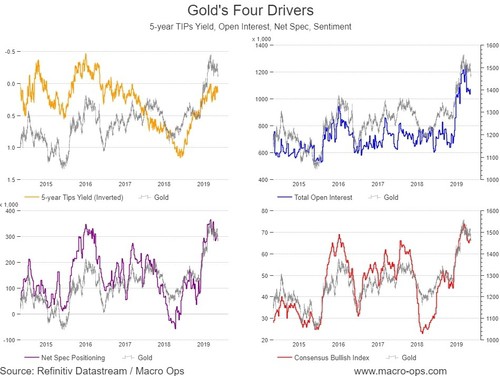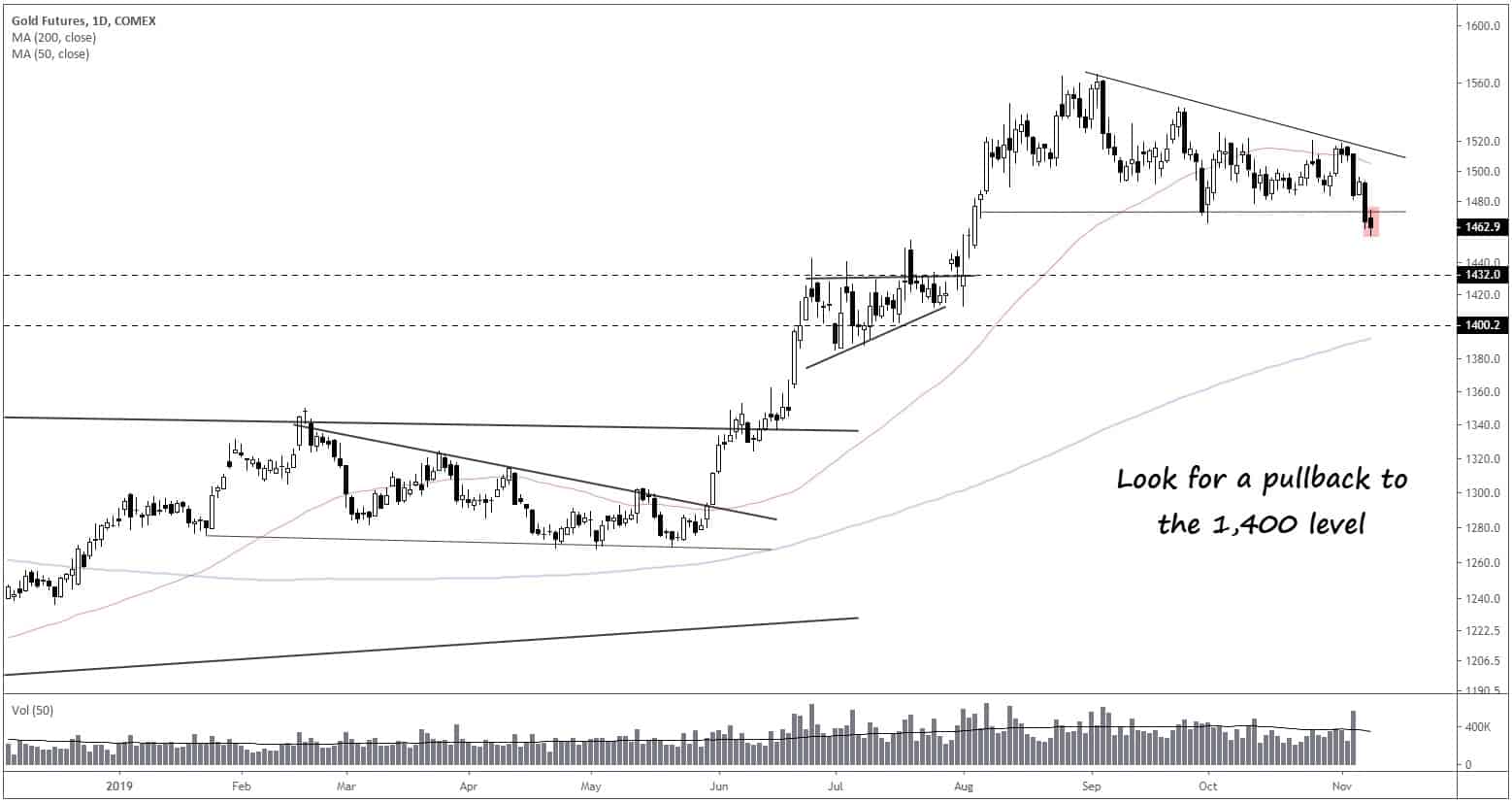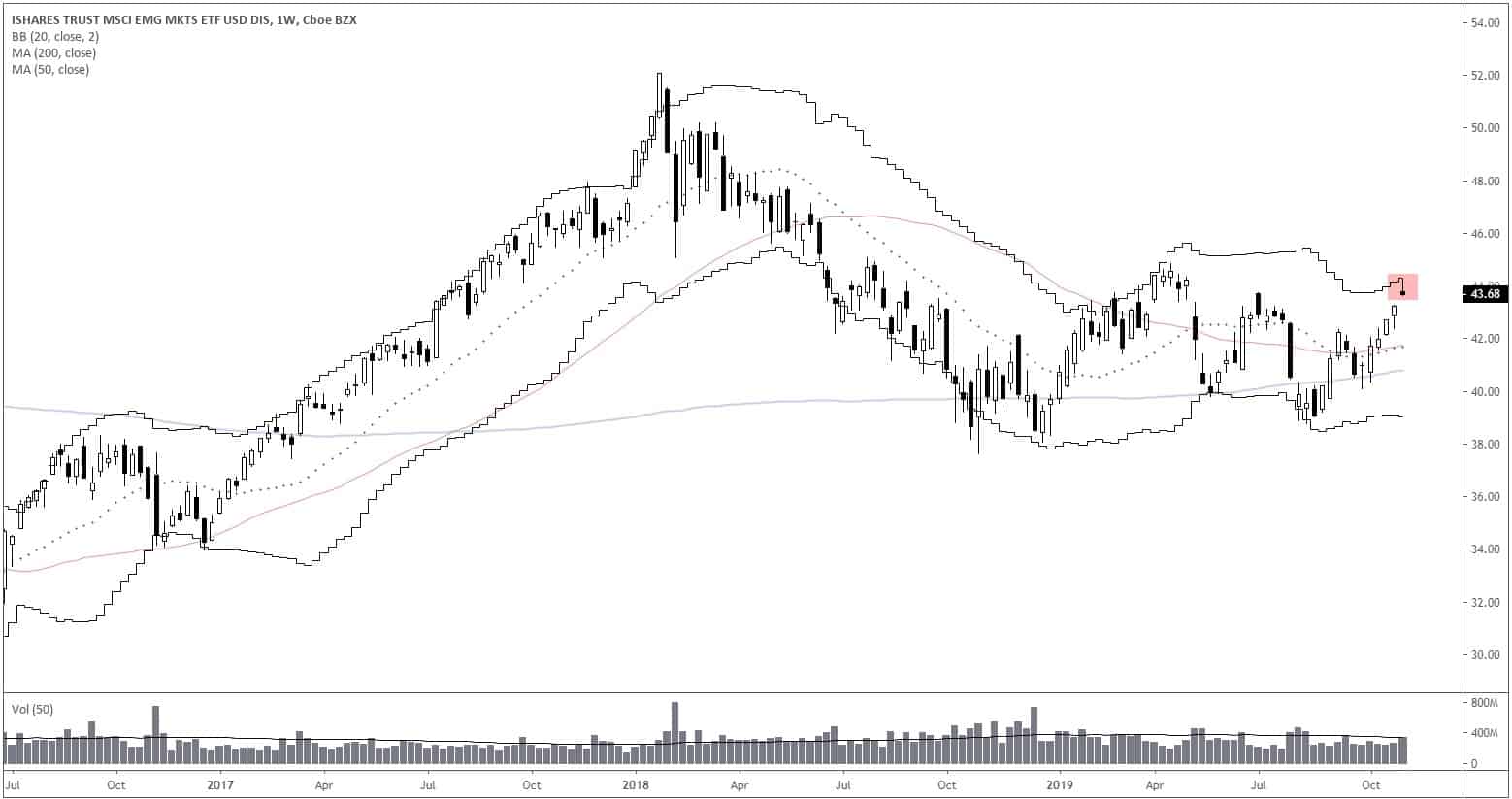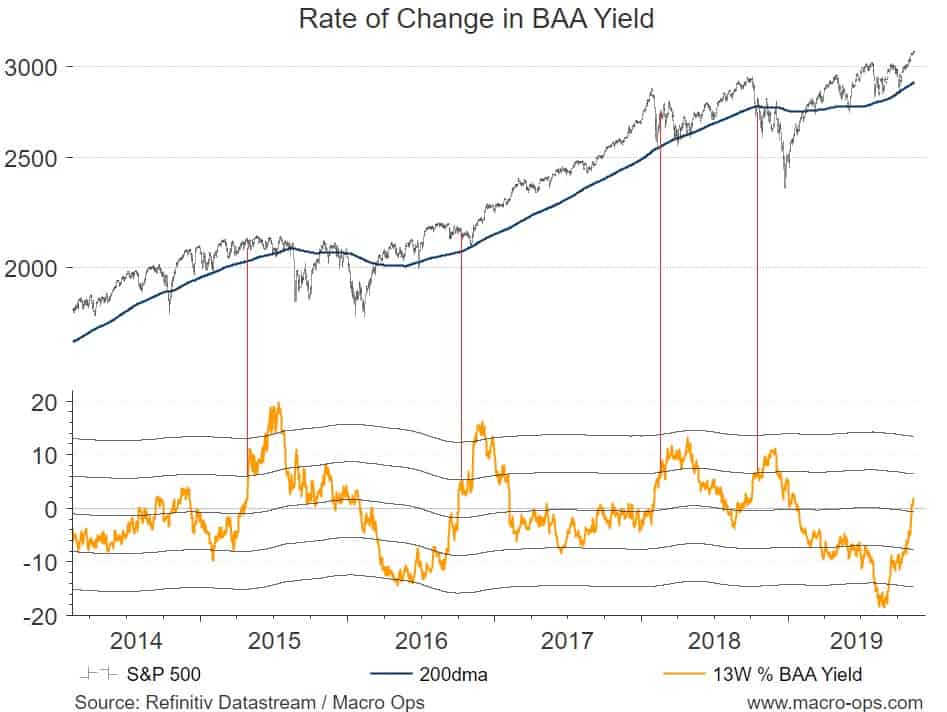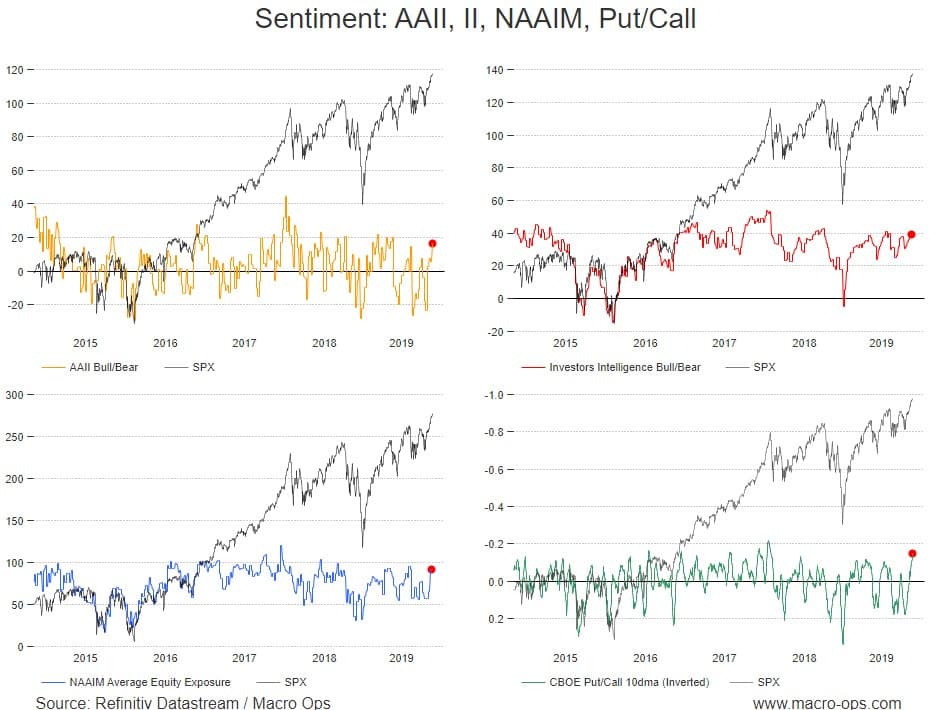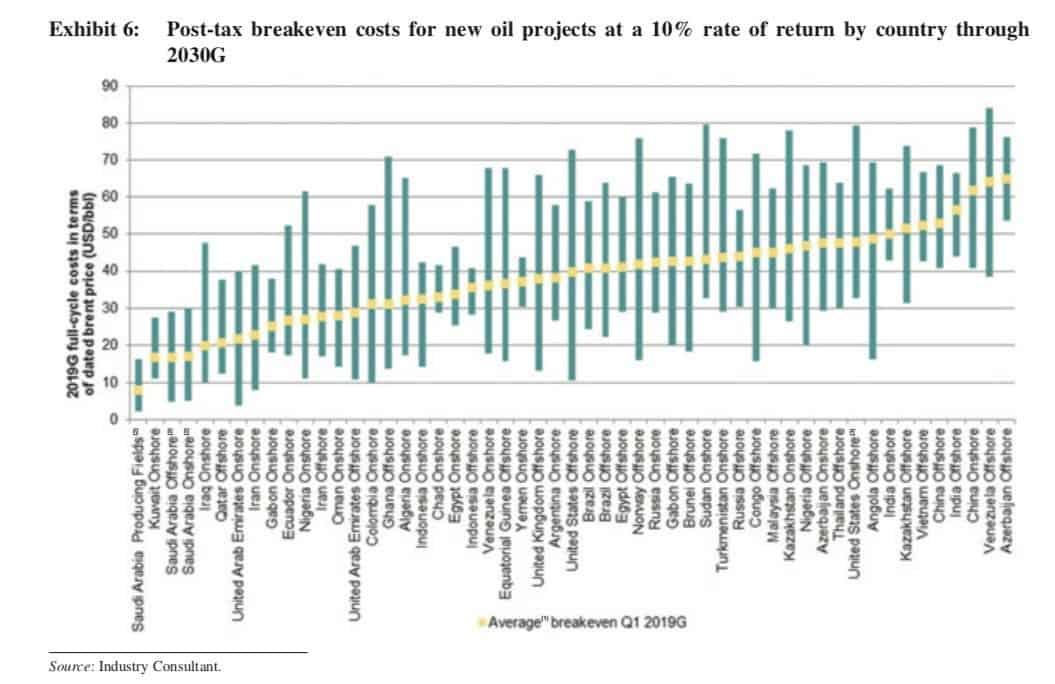There are in fact four very significant stumbling blocks in the way of grasping the truth… namely, the example of weak and unworthy authority, longstanding custom, the feeling of the ignorant crowd, and the hiding of our own ignorance while making a display of our apparent knowledge. ~ Roger Bacon
Good morning and a Happy Veterans Day to those of you serving and who have served!
In this week’s Dirty Dozen [CHART PACK] we look at signs of a global rebound in growth, green shoots in Europe, trouble ahead for US bonds, check-in on the four drivers of gold, and check out oil extraction costs in different parts of the world, plus more…
- It seems like just yesterday *checks notes: it was yesterday* that the bears were pointing to falling semiconductor demand as incontrovertible proof that we were in a recession. Looks like they forgot to send that memo to the semi index which has been on a complete tear and is now implying a strong reversal in the ISM over the coming months (chart via BofAML, h/t @carlquitanilla).
- Speaking of ISM, this chart from Citi shows that momentum (the 3m chg in 3mma) in global manufacturing PMIs has stabilized and is even turning up in some regions.
- Another positive development is that we’re seeing real money growth (real M1 YY%) pick up in Europe as shown below in the chart from Citi. This matters because growth in the money stock typically precedes growth in the underlying economy, hence the strong and often leading correlation between the two.
- There’s a host of other data points pointing to at least an intermediate bottom in Europe. German orders-to-inventories ratio is turning up along with Ifo Manufacturing Expectations (charts from Citi). And here’s a bonus chart of German New Orders putting in its first positive print on a YY% basis in a while, which more often than not leads Industrial Production.
- A rebound in European growth would be notable for a number of reasons. One of these being that negative bound European interest rates have acted as an anchor on US yields, pulling them lower as capital was forced into US bonds to seek a return. German Bund yields bottomed in September and have been steadily rising since. A pickup in growth would accelerate this trend which in turn would lead to a selloff in US bonds (rise in yields). Chart below is a weekly of US T-Bond futures.
- JPMorgan’s recent UST client survey shows that there’s plenty of long positioning to unwind.
- A selloff in bonds (rise in yields) would be very bad for gold since the real (inflation-adjusted) interest rate is the primary driver of the price of gold over time (falling real rates is bullish gold and vice-versa). Rising real rates will be coming at a time when gold is working off a speculation frenzy shown by historically high open interest, net spec positioning, and sentiment (via Consensus Inc.)
- Look for gold to pullback to the $1,400 level near its 200-day moving average (blue line). This will set up another major buying opportunity in the yellow metal.
- Rising US rates combined with a recent strong bounce from the US dollar off its 200-day moving average may prove to be a momentary headwind to emerging markets. The below chart is a weekly of the IShares MSCI Emerging Market ETF (EEM). It looks to be putting in a temporary reversal after being rejected by its upper weekly Bollinger Band.
- Something to keep in an eye on is the speed at which yields rise over the coming weeks. Luckily for stocks, the rate-of-change in BAA yields is turning up from an extremely depressed level but if it continues rising at this pace it’ll soon begin to exert pressure on equities.
- We are seeing increasing signs of extremes in short-term sentiment and positioning as investors rush to gain exposure to the breakout in stocks. But this is coming off the backdrop of longer-term indicators showing extreme bearishness. When in bull trends, like the one we just started, it’s important to not overreact to every sign of overbought/overoptimism. We want to focus on exploiting the broader trend higher and not allow ourselves to get shaken out along the way by focusing on the minutiae. Put another way, short-term extremes in sentiment and positioning will eventually lead to a correction but you’re better off buying the correction than selling the reversal until the bigger picture says otherwise.
- And finally, here’s a great chart showing the post-tax breakevens for new oil projects from around the world via the Saudi Aramco prospectus (h/t @acosgrove003).

